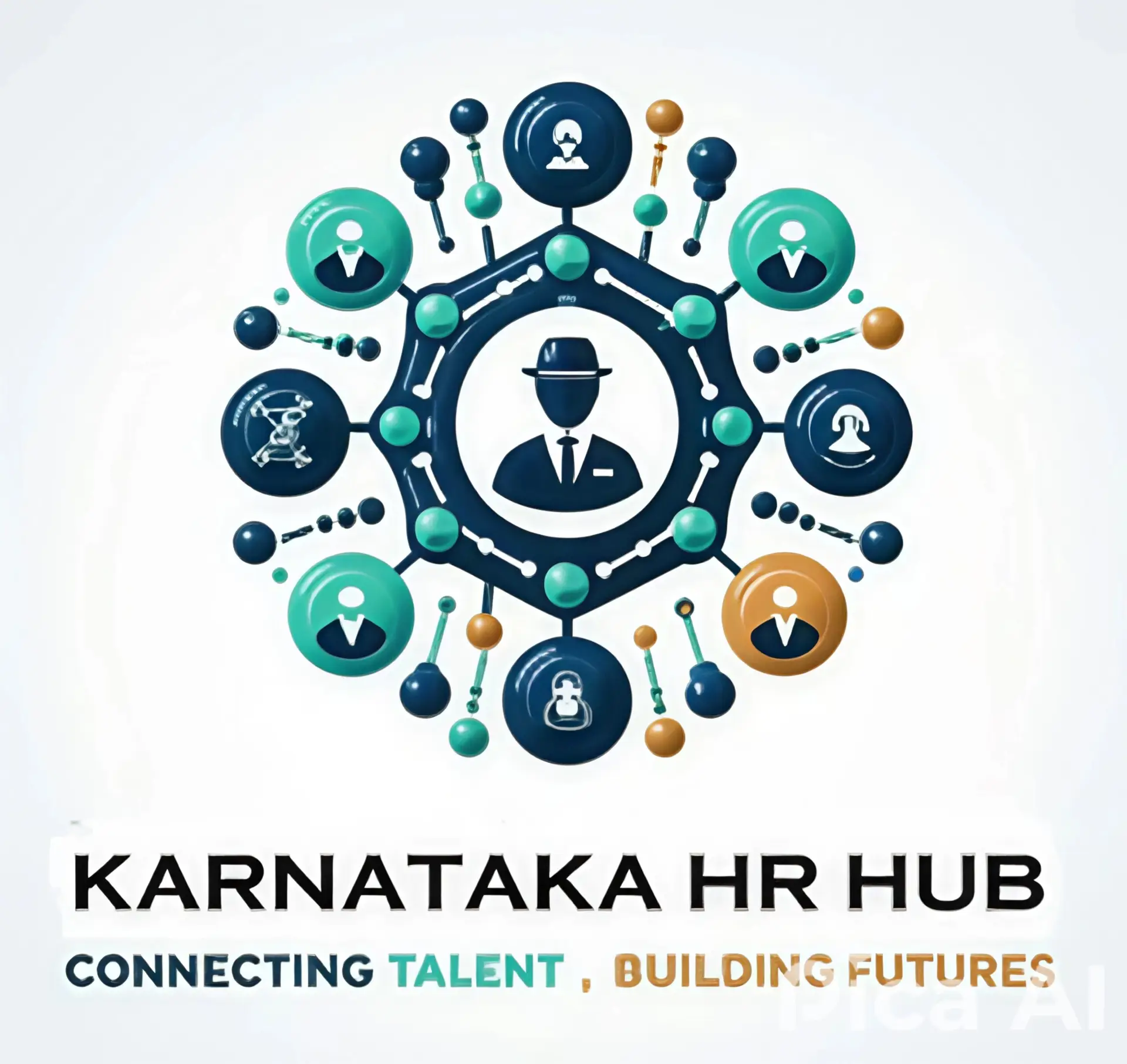20 Powerful ChatGPT Prompts for HR Professionals to Boost Productivity in 2025.

Introduction: Why HR Professionals Need AI in 2025
The workplace has transformed at lightning speed over the past few years. Hybrid and remote workforces are now standard. Employees expect faster communication, personalized support, and transparent HR processes. At the same time, HR teams must recruit top talent, manage compliance, and improve retention—often with limited budgets and resources.
This is where ChatGPT prompts for HR professionals are becoming essential. By using AI-powered tools, HR teams can automate repetitive tasks like job descriptions, interview scripts, onboarding emails, and even policy drafting. This frees up time to focus on strategic, people-first initiatives.
But here’s the reality: AI only delivers great results when you ask the right questions. That’s where prompts come in. Think of a prompt as a shortcut—your way of telling ChatGPT exactly what you need, whether it’s an HR policy draft or a thoughtful employee appreciation note.
In this post, we’ll cover:
Benefits and real-world use cases
Tools and best practices to maximize efficiency
Mistakes to avoid when using AI in HR
By the end, you’ll have a practical toolkit of prompts and strategies that can save you hours of work every week.
Understanding ChatGPT in HR: A Quick Overview
ChatGPT is a natural language processing tool that generates content based on your instructions. Unlike traditional HR software, it doesn’t just fill in forms—it creates human-like, contextual content.
For HR, this means ChatGPT can:
Draft policies in professional language
Write empathetic employee communication
Generate recruitment ads tailored to different markets
Suggest interview questions aligned with specific roles
The quality of output depends on the clarity of the prompt. For example:
Weak Prompt: “Write an onboarding checklist.”
Strong Prompt: “Write a 2-week onboarding checklist for a remote software developer, including IT setup, compliance training, and team introductions.”
The second prompt produces sharper, more useful results.
Recommended Read: AI vs. HR Managers in India: Automation, Empathy, and the Future of HR
Benefits of Using ChatGPT for HR Professionals
1. Time-Saving in Recruitment
Recruitment often consumes weeks—writing postings, emailing candidates, and screening resumes. With ChatGPT, you can:
Create tailored job descriptions in minutes
Draft professional rejection emails
Generate candidate screening questions instantly
This shifts the focus from paperwork to improving the candidate experience.
2. Automating HR Communication
HR sends countless communications: policy updates, reminders, announcements, and recognition notes. ChatGPT helps you:
Draft polished reminder emails
Announce benefits updates with clarity
Create motivational messages for special events
The result? Consistent, professional, and empathetic HR communication.
Read : HR Analytics in India: Tools, Trends & Insights for Talent Strategy
3. Enhancing Employee Engagement
Disengaged employees cost companies billions each year. With ChatGPT prompts, HR can:
Send personalized birthday and work anniversary messages
Draft employee newsletters in a conversational tone
Write survey invitations that drive higher participation
This keeps employees informed, valued, and engaged.
How ChatGPT Prompts Solve HR Challenges
Reducing Manual Work in Hiring
Instead of tweaking old templates, one prompt can generate a new, role-specific job description that captures both skills and company culture.
Improving HR Documentation
Policies, safety guidelines, and compliance documents can be drafted in minutes by feeding ChatGPT bullet points instead of starting from scratch.
Creating Quick Communication Templates
When urgent communication is needed, ChatGPT delivers a draft you can edit in minutes—whether it’s about compliance updates or disciplinary messages.
Read: HR Analytics in India: Tools, Trends & Insights for Talent Strategy
20 Must-Try ChatGPT Prompts for HR Professionals
Recruitment & Job Descriptions
“Write a job description for a Senior Data Analyst highlighting SQL, data visualization, and leadership skills.”
“Create a job posting for a Customer Service Representative in a hybrid environment with strong interpersonal skills.”
“Write a LinkedIn job post for a Social Media Manager targeting Gen Z candidates.”
“Generate 8 technical screening questions for a cybersecurity analyst role.”
Interview Questions & Candidate Screening
“Generate 10 situational interview questions to test problem-solving and adaptability.”
“List 5 technical questions to evaluate a Python developer’s coding skills.”
Employee Onboarding Support
“Draft a 30-day onboarding plan for a remote project manager.”
“Create a welcome email template for new hires joining a hybrid team.”
“Create a day-one checklist for a new marketing intern.”
“Draft a welcome pack introduction letter for new employees in a remote-first company.”
Performance Review Assistance
“Write constructive feedback for an employee who delivers results but struggles with deadlines.”
“Draft a self-review template for employees focusing on growth and development.”
“Write a performance improvement plan template for an employee with declining productivity.”
“Draft feedback for an employee who consistently exceeds expectations in teamwork.”
HR Policy Drafting
“Write a concise, employee-friendly remote work policy.”
“Draft an HR policy on diversity, equity, and inclusion for a mid-sized tech company.”
Training & Development Programs
“Suggest a leadership training program for mid-level managers transitioning into senior roles.”
“Generate a learning roadmap for employees in customer success roles.”
HR Communication Templates
“Write a professional email informing employees about updated health benefits.”
“Draft a company-wide announcement celebrating Employee Appreciation Week.”
AI Tools for HR: Beyond ChatGPT
While ChatGPT is powerful for content creation, combining it with HR tech tools boosts impact:
BambooHR → Performance tracking & employee data
Zoho People → Payroll, attendance, and automation
Workday → Workforce analytics & predictive insights
Together, these tools drive both efficiency and data-driven HR decisions.
Best Practices for Using ChatGPT in HR
Always edit drafts to ensure accuracy
Maintain a consistent company tone of voice
Save frequently used prompts in a shared HR library
Use ChatGPT for drafts, not final versions
Common Mistakes HR Professionals Make with AI Prompts
Writing vague prompts that lead to generic results
Sending AI drafts without review
Sharing confidential employee data with AI tools
Over-relying on AI instead of human judgment
FAQs About ChatGPT Prompts in HR
Q1: Can ChatGPT replace HR professionals?
No. HR requires empathy and decision-making—qualities AI cannot replicate. ChatGPT is a support tool, not a replacement.
Q2: Are prompts customizable by industry?
Yes. For example:
Healthcare: “Write a job description for a Registered Nurse specializing in pediatric care.”
Tech: “Draft a LinkedIn job post for a Front-End Developer skilled in React and UX design.”
Q3: How do prompts improve productivity?
They save time on micro-tasks like emails, meeting agendas, and surveys—freeing hours each week.
Q4: Can ChatGPT handle sensitive HR communication?
Yes, but always review. Use it as a draft generator, then personalize for tone and context.
Q5: What risks exist?
Over-reliance on AI
Privacy concerns
Generic results from vague prompts
Q6: How do I get more accurate results?
Be specific. Example:
Weak: “Write a job ad for a software engineer.”
Strong: “Write a job ad for a mid-level Software Engineer specializing in AI and cloud systems, including culture and diversity values.”
Real-World Case Studies
Case Study 1: Recruitment Efficiency
A mid-sized IT firm in India used ChatGPT to cut job ad creation time from 2 hours to 15 minutes and reduced overall recruitment cycle time by 40%.
Case Study 2: Employee Engagement
A reputed. healthcare company used AI for newsletters and recognition messages, boosting survey participation by 25%.
Case Study 3: Policy Documentation
A Indian fintech startup used ChatGPT to draft compliance policies, saving 15+ hours monthly.
Read: Streamlining HR with ChatGPT: A Practical Guide for Professionals
Deep Dive: HR Productivity with AI
Where AI saves the most time:
Recruitment → Ads, emails, interview scripts
Onboarding → Checklists, welcome packs, training schedules
Performance → Review templates, PIPs, feedback drafts
Engagement → Surveys, newsletters, appreciation notes
Policy → Remote work, DEI, compliance
On average, HR can reclaim 10–15 hours per week using prompts strategically.
Building Your HR Prompt Library
Start with general prompts
Customize for your culture
Save the most effective prompts in a shared folder
Update regularly as needs evolve
Over time, this library becomes a goldmine of HR efficiency.
The Future of ChatGPT in HR
The next phase of AI in HR includes:
Integration with HRMS platforms like Workday and BambooHR
Voice-enabled HR chatbots for employee FAQs
Real-time employee sentiment analysis
But one thing remains unchanged: the human touch in HR. AI can draft, but HR leaders must deliver with empathy.
Also Read: AI Recruitment Tools India 2025: Practical Guide
Conclusion: The Future of HR Productivity with AI
AI adoption is no longer optional—it’s essential for HR professionals in 2025. With the right ChatGPT prompts, you can automate repetitive tasks, save hours of effort, and focus on what really matters: building stronger, happier, and more engaged teams.
The HR leader of tomorrow won’t fear AI—they’ll embrace it to boost efficiency while staying true to the human side of HR.
About the Author
This article was written by on behalf of Karnataka HR Forum, an HR technology and workplace productivity writer with over 17 years of experience in HR consulting and AI-powered business solutions. With a strong focus on how AI tools like ChatGPT are transforming human resources,
Writer has helped HR teams streamline recruitment, employee engagement, and compliance processes across industries.

Too good learning content.